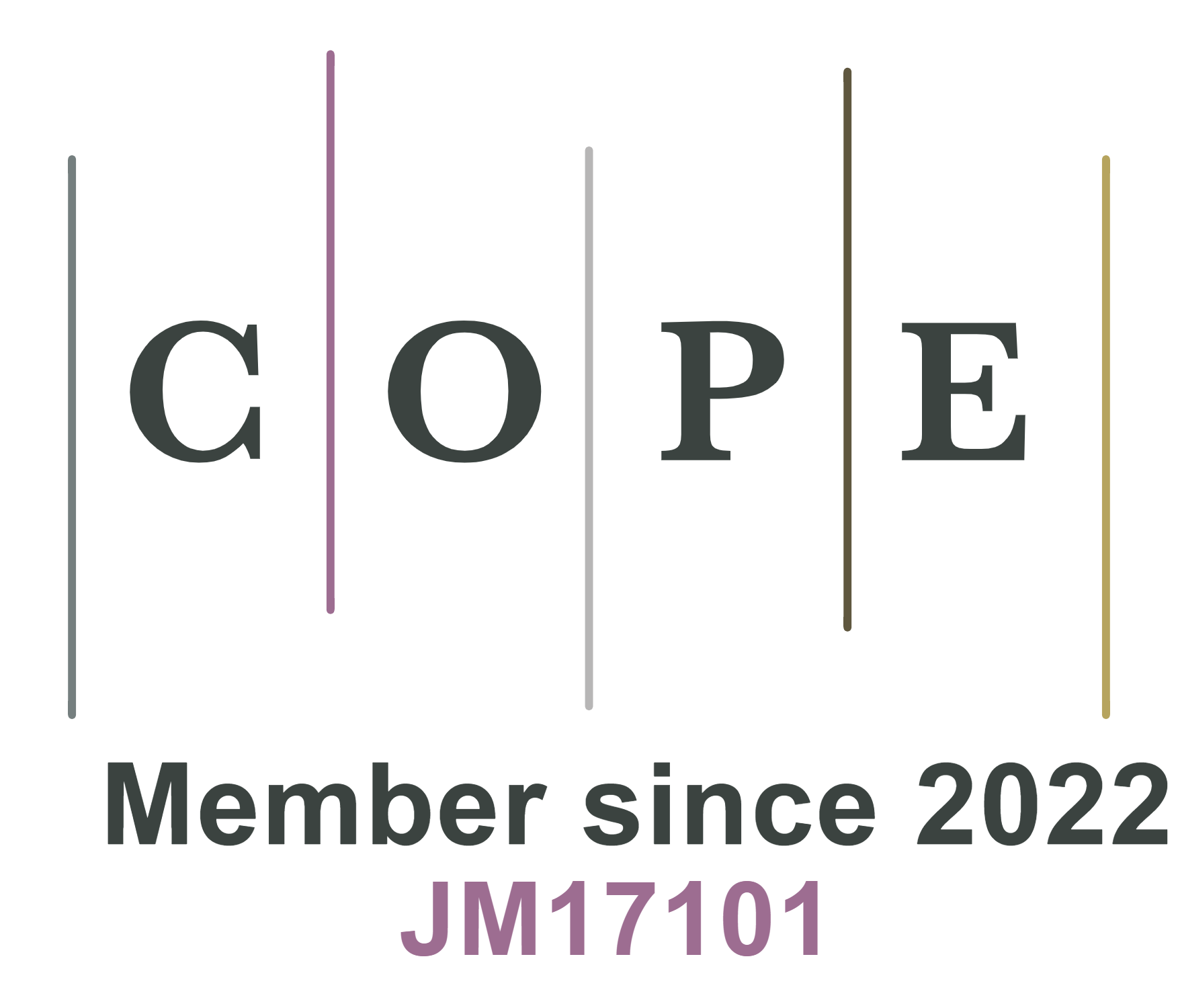REFERENCES
1. Komm, M. ITER: The giant fusion reactor. Bringing a sun to earth. Fusion. Sci. Technol. 2020, 76, 696-7.
2. Liang, Z.; Xiao, X.; Qi, J.; Kou, H.; Chen, L. ZrCo-based hydrogen isotopes storage alloys: A review. J. Alloys. Compd. 2023, 932, 167552.
3. Anand, N.; Pati, S.; Jat, R. A.; Parida, S.; Mukerjee, S. Hydrogen isotope effect on thermodynamic properties of Pd0.9X0.1 (X = Cu, Ag and Au) alloys. Int. J. Hydrog. Energy. 2017, 42, 3136-41.
4. Shuai, M.; Su, Y.; Wang, Z.; Zhao, P.; Zou, J.; Wu, S. Hydrogen absorption-desorption properties of UZr0.29 alloy. J. Nucl. Mater. 2002, 301, 203-9.
5. Yao, Z.; Xiao, X.; Liang, Z.; et al. An in-depth study on the thermodynamics and kinetics of disproportionation behavior in ZrCo-H systems. J. Mater. Chem. A. 2020, 8, 9322-30.
6. Wang, F.; Li, R.; Ding, C.; et al. Recent progress on the hydrogen storage properties of ZrCo-based alloys applied in international thermonuclear experimental reactor (ITER). Prog. Nat. Sci. Mater. Int. 2017, 27, 58-65.
7. Kou, H.; Huang, Z.; Luo, W.; et al. Experimental study on full-scale ZrCo and depleted uranium beds applied for fast recovery and delivery of hydrogen isotopes. Appl. Energy. 2015, 145, 27-35.
8. Glugla, M.; Lässer, R.; Dörr, L.; Murdoch, D.; Haange, R.; Yoshida, H. The inner deuterium/tritium fuel cycle of ITER. Fusion. Eng. Des. 2003, 69, 39-43.
9. Bhattacharyya, R.; Mohan, S. Solid state storage of hydrogen and its isotopes: an engineering overview. Renew. Sust. Energy. Rev. 2015, 41, 872-83.
10. Liu, Y.; Yang, Z.; Xiao, X.; et al. Enhancing disproportionation resistance of Zr2Co-based alloys by regulating the binding energy of H atom. Renew. Energy. 2024, 233, 121153.
11. Qi, J.; Huang, X.; Xiao, X.; et al. Isotope engineering achieved by local coordination design in Ti-Pd co-doped ZrCo-based alloys. Nat. Commun. 2024, 15, 2883.
12. Hara, M.; Hayakawa, R.; Kaneko, Y.; Watanabe, K. Hydrogen-induced disproportionation of Zr2M (M=Fe, Co, Ni) and reproportionation. J. Alloy. Compd. 2003, 352, 218-25.
13. Ruz, P.; Sudarsan, V. An investigation of hydriding performance of Zr2-xTixNi (x=0.0, 0.3, 0.7, 1.0) alloys. J. Alloy. Compd. 2015, 627, 123-31.
14. Liu, Y.; Zhou, P.; Xiao, X.; et al. Deep insight of unique phase transition behaviors and mechanism in Zr2Co-H isotope system with ultra-low equilibrium pressure. Rare. Met. 2024, 43, 212-24.
15. Liu, Y.; Yang, Z.; Zhou, P.; et al. A review of classical hydrogen isotopes storage materials. Mater. Rep:. Energy. 2024, 4, 100250.
16. Fukada, S.; Nishikawa, M. Empirical expression for the pressure-composition-temperature curve of the Zr2Fe-deuterium system. J. Alloy. Compd. 1996, 234, L7-L10.
17. Prigent, J.; Latroche, M.; Leoni, E.; Rohr, V. Hydrogen trapping properties of Zr-based intermetallic compounds in the presence of CO contaminant gas. J. Alloy. Compd. 2011, 509, S801-3.
18. Song, J.; Wang, J.; Hu, X.; Meng, D.; Wang, S. Activation and disproportionation of Zr2Fe alloy as hydrogen storage material. Molecules 2019, 24, 1542.
19. Janot, R.; Latroche, M.; Percheron-guégan, A. Development of a hydrogen absorbing layer in the outer shell of high pressure hydrogen tanks. Mater. Sci. Eng:. B. 2005, 123, 187-93.
20. Pitt, M.; Pitt, L.; Fjellvåg, H.; Hauback, B. An in situ neutron diffraction study of the thermal disproportionation of the Zr2FeD5 system. J. Alloy. Compd. 2011, 509, 5515-24.
21. Sharp, J. H.; Brindley, G. W.; Achar, B. N. N. Numerical data for some commonly used solid state reaction equations. J. Am. Ceram. Soc. 1966, 49, 379-82.
22. Jones, L.; Dollimore, D.; Nicklin, T. Comparison of experimental kinetic decomposition data with master data using a linear plot method. Thermochimica. Acta. 1975, 13, 240-5.
23. Xu, F.; Wang, B.; Yang, D.; Hao, J.; Qiao, Y.; Tian, Y. Thermal degradation of typical plastics under high heating rate conditions by TG-FTIR: pyrolysis behaviors and kinetic analysis. Energy. Convers. Manage. 2018, 171, 1106-15.
24. Jia, Y.; Han, B.; Wang, J.; et al. Inducing one-step dehydrogenation of magnesium borohydride via confinement in robust dodecahedral nitrogen-doped porous carbon scaffold. Adv. Mater. 2024, 36, e2406152.
25. Kresse, G.; Furthmüller, J. Efficient iterative schemes for ab initio total-energy calculations using a plane-wave basis set. Phys. Rev. B. 1996, 54, 11169-86.
26. Forozani, G.; Mohammad, A. A. A.; Baizaee, S. M.; Gharaati, A. Structural, electronic and magnetic properties of CoZrIrSi quaternary heusler alloy: first-principles study. J. Alloy. Compd. 2020, 815, 152449.
27. Momma, K.; Izumi, F. VESTA 3 for three-dimensional visualization of crystal, volumetric and morphology data. J. Appl. Crystallogr. 2011, 44, 1272-6.
28. Song, C.; Ding, F.; Ye, R.; et al. Hydrogen diffusion and anti-disproportionation properties in ZrCo alloys: the effect of Sc, V, and Ni dopants. Int. J. Hydrog. Energy. 2023, 48, 23607-19.
29. Guo, X.; Zhang, S.; Kou, L.; et al. Data-driven pursuit of electrochemically stable 2D materials with basal plane activity toward oxygen electrocatalysis. Energy. Environ. Sci. 2023, 16, 5003-18.
30. Qi, J.; Liang, Z.; Xiao, X.; et al. Effect of isostructural phase transition on cycling stability of ZrCo-based alloys for hydrogen isotopes storage. Chem. Eng. J. 2023, 455, 140571.
32. Yao, Z.; Xiao, X.; Liang, Z.; et al. Improvement on the kinetic and thermodynamic characteristics of Zr1-xNbxCo (x = 0-0.2) alloys for hydrogen isotope storage and delivery. J. Alloy. Compd. 2019, 784, 1062-70.
33. Zhou, Z.; Han, L.; Bollas, G. M. Kinetics of NiO reduction by H2 and Ni oxidation at conditions relevant to chemical-looping combustion and reforming. Int. J. Hydrog. Energy. 2014, 39, 8535-56.
34. Pielichowski, K.; Flejtuch, K. Non-oxidative thermal degradation of poly (ethylene oxide): kinetic and thermoanalytical study. J. Anal. Appl. Pyrolysis. 2005, 73, 131-8.
35. Khawam, A.; Flanagan, D. R. Solid-state kinetic models: basics and mathematical fundamentals. J. Phys. Chem. B. 2006, 110, 17315-28.
36. Martens, A.; Weis, P.; Krummer, M. C.; et al. Facile and systematic access to the least-coordinating WCA [(RFO)3Al-F-Al(ORF)3]- and its more lewis-basic brother [F-Al(ORF)3]- (RF = C(CF3)3). Chem. Sci. 2018, 9, 7058-68.
37. Yang, Z. Y.; Yuan, Y. F.; Zhu, M.; Yin, S. M.; Cheng, J. P.; Guo, S. Y. Superior rate-capability and long-lifespan carbon nanotube-in-nanotube@Sb2S3 anode for lithium-ion storage. J. Mater. Chem. A. 2021, 9, 22334-46.
38. Han, B.; Jia, Y.; Wang, J.; et al. The structural, energetic and dehydrogenation properties of pure and Ti-doped Mg (0001) /MgH2 (110) interfaces. J. Mater. Chem. A. 2023, 11, 26602-16.
39. Wolverton, C.; Ozoliņš, V.; Asta, M. Hydrogen in aluminum: first-principles calculations of structure and thermodynamics. Phys. Rev. B. 2004, 69.
40. Dompablo ME, Tartaj P, Amarilla JM, Amador U. Computational investigation of Li insertion in Li3VO4. Chem. Mater. 2016, 28, 5643-51.
41. Nagasako, N.; Fukumoto, A.; Miwa, K. First-principles calculations of C14 -type laves phase Ti-Mn hydrides. Phys. Rev. B. 2002, 66.
42. Sun, S.; Han, Z.; Liu, W.; et al. Lattice pinning in MoO3 via coherent interface with stabilized Li+ intercalation. Nat. Commun. 2023, 14, 6662.









